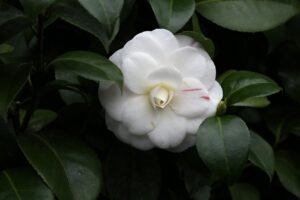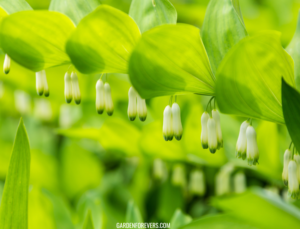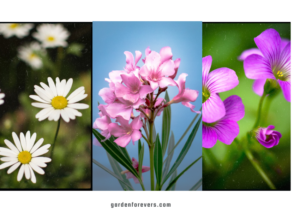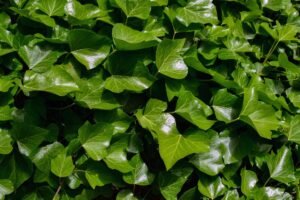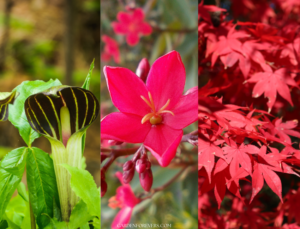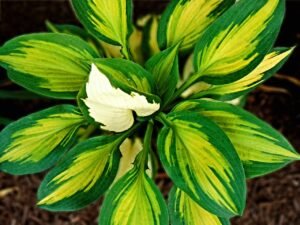When And How Should You Harvest Garlic Plant
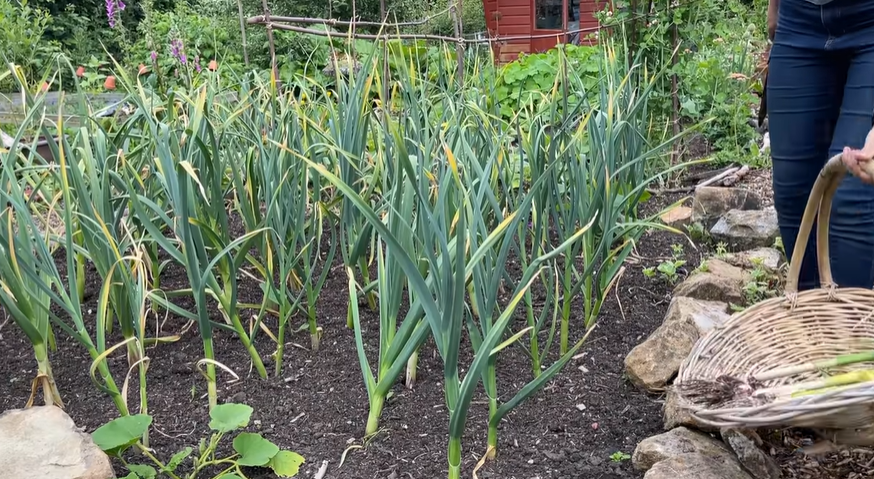
Garlic has a special place in all of our lives as a symbol of love. I can tell you’ve cherished yours, and it seems you’ve cultivated a good relationship with your garden’s garlic. From planting garlic to the long process of harvesting, we’ve been through it all in collecting our garlic. Since garlic is an extraordinary vegetable when fully grown, it’s essential to know the appropriate methods for harvesting and some correct practices. If you don’t know when and how to harvest garlic, you might encounter some issues. Click here to learn about growing and caring for garlic.
For instance:
- If you don’t harvest garlic at the right time, its quality will diminish, and if used as a seed, it might not yield good crops later.
- Your garlic might be susceptible to various pests.
Considering these points, I’m simplifying the entire subject of when and how to harvest garlic for you.
Harvest Garlic

Knowing when to harvest garlic from your garden is crucial. It somewhat depends on the weather in your area and the type of garlic you’ve planted. However, most experts suggest that you harvest around mid-July to the end of August, following the summer season. If you anticipate worsening weather conditions in your area, you might want to harvest a few days earlier.
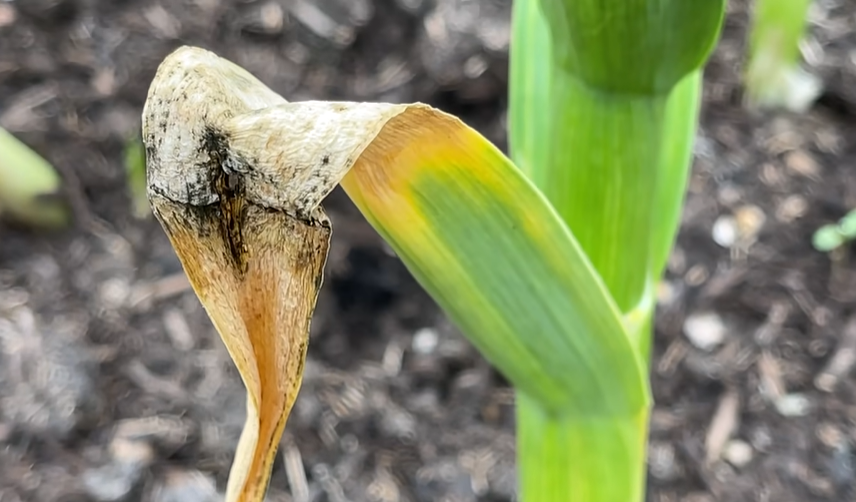
While the weather does play a role in determining the right time for harvesting garlic, it also depends on the plant’s leaves, bulbs, and seeds. If you’re harvesting for seeds, make sure to collect mature and high-quality garlic. When you notice the bulb heads turning dry and acquiring a slightly brownish color, it’s a good sign to start harvesting garlic. Observing the leaves can give you a clue as well. When the leaves start drying from the top downwards, and if one-third of the leaves have turned brown, it’s an appropriate time. However, be cautious as the leaves can dry due to various diseases over time.
How To Harvest Garlic

To harvest garlic, choose a good dry day so that you can work comfortably, and the garlic can dry nicely. Harvesting garlic is quite easy. If your garlic plot is quite soft, you can easily loosen the soil around the garlic bulbs with your hands and lift them without any problem. However, it’s better to gently loosen the soil around the garlic by cutting towards the root side, as it makes lifting much easier. Along with lifting, you can also clean the soil off the bulbs. If the soil is clumpy, leave it for now. Since garlic is somewhat sensitive, make sure not to leave it exposed while lifting. Keep it shaded. Let it dry slowly so that its flavor and nutrients are preserved without any damage.
Must-Know Tips for Cleaning Your Garlic Harvest

Now that you’ve finished harvesting and somewhat drying your garlic, let’s discuss how you can clean all the garlic. Since garlic often has many layers, you need to remove about ¼ to ½ inch of the skin.
Since it’s dried, if there’s any slight dirt, clean it by brushing it off. However, never wash the bulbs to clean the dirt. If there’s a lot of dirt on the cloves’ skin, keeping them fresh, remove them to keep the bulbs fresh.
Garlic Bulb Storage

Now that we’ve almost completed the garlic harvesting process, where and how do we store the bulbs to prevent any pest or fungal attacks? If garlic is stored commercially, the suitable temperature is 0 degrees Celsius (32 degrees Fahrenheit), and it’s stored at home between 4-15 degrees Celsius (40-60 degrees Fahrenheit).

